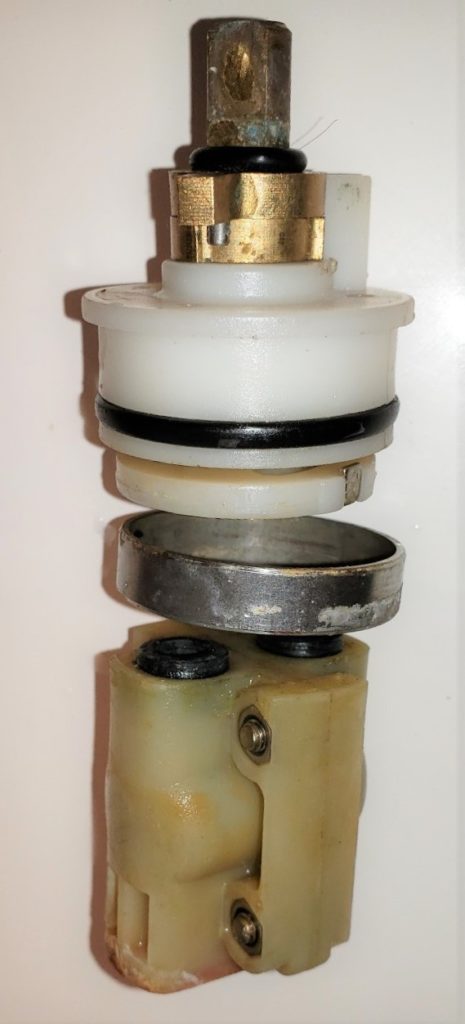
Interestingly enough, some trap and skeet folks deliberately use either paper-hulled shells or plastic shells loaded using fiber wads in shotguns with modern chambers. Using heavy modern shells in a short chamber can cause anything from punishing recoil to a burst barrel. Old chambers which are too short for modern all-plastic shells don’t allow the end of the hull to open fully, causing an even more severe bore constriction than the one depicted in Figure 1.

Paper-hulled shells fired in modern chambers leak gas around the wad, contributing to bore leading as well as deforming pellets and opening patterns. Forcing cones in modern shotguns can be 1-1/2 inches or longer. This is not some foggy theory-it’s the reason many modern shotguns have oversized bores (generally referred to as “back-bored”). It also reduces shot damage from battering in the forcing cone, contributing to better patterns. This, in turn, eliminates a sizable pressure spike that would cause increased recoil, breakage, and function problems. Chambers optimized for all-plastic shells have a long, gently tapered forcing cone which allows the wad and shot cup to clear the open end of the hull with no bottleneck. All-plastic shells, when fired in an older chamber designed for paper-hulled shells, encounter a “step” at the end of the hull which acts as a bore constriction. Modern plastic hulls are much thinner than their paper counterparts, and plastic wads expand to seal the bore much better (protecting the shot from contact with the bore and disturbance from leaking propellant gases).

This was done to assist the wad in sealing the propellant gases behind it, reducing blow-by of the powder gases and subsequent voids in the shot swarm. When shotshells were metallic- or paper-hulled and used fiber wads, the forcing cone in front of the chamber was very short, typically 1/4 inch or less (see Figure 1). Any old shotgun without specific chamber-length markings may have a short chamber. Additionally, many old shotguns have short chambers, such as the 2-9/16-inch 12-gauge shells available many years ago.

Older shotguns were designed for the shells available at the time. Que pasa? It all has to do with the chamber and chamber throat’s forcing-cone dimensions. Well, in most cases, these old guns are finely made, and they definitely didn’t beat up the user then as much as they do now. Others don’t understand how their fathers and grandfathers fired these old scatterguns as much as they did, considering the recoil they produce. Many of the owners of these old shotguns are convinced that they are somehow inferior or defective, since they don’t seem to hold up, even with relatively light loads. In many cases, they are suffering from what appears to be moderate abuse, with symptoms like loose lockup, worn hinge pins, and broken locking blocks. I see a regular stream of older shotguns brought in for work.


 0 kommentar(er)
0 kommentar(er)
